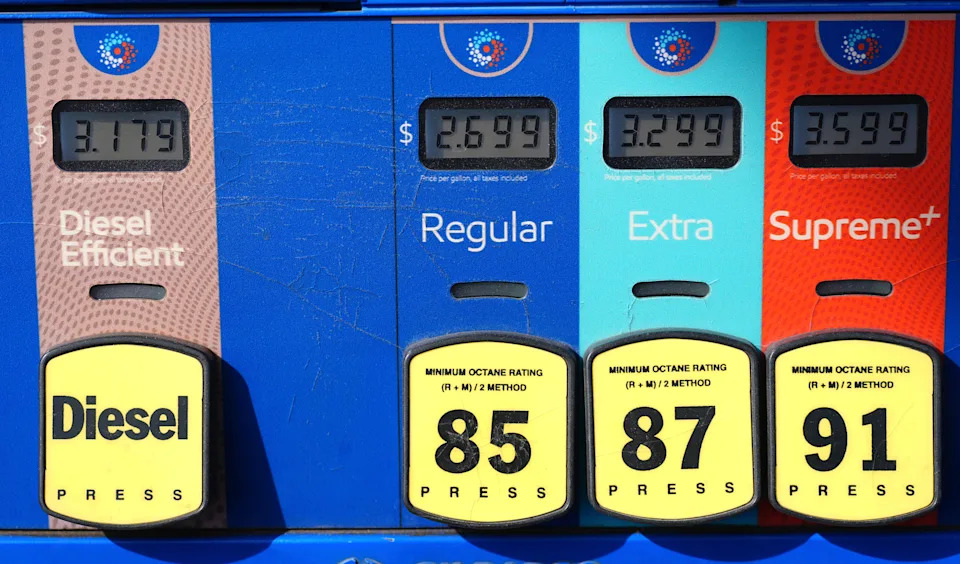Gasoline prices touched their highest level since September on Wednesday as a more expensive summer blend of driving fuel kicked in and oil prices sat above $70 per barrel.
The national average price for gasoline hovered near $3.24 per gallon, $0.14 higher than a month ago but $0.29 lower than exactly one year ago, according to AAA data.
“Refineries are making the switch to summer-blend gasoline, which is more expensive to produce,” Aixa Diaz, AAA spokesperson, told Yahoo Finance. “This is also the time of year when many refineries undergo maintenance and those shutdowns affect supply temporarily.” The switch to a more expensive blend comes at a time when the weather is getting warmer and drivers are taking spring break road trips.
Government weekly data released on Wednesday morning shows gasoline inventories in the US fell to their lowest level since December.
Higher gas prices come on the heels of a recent oil rally, which saw prices jump back into positive territory year-to-date.
On Wednesday, West Texas Intermediate crude (CL=F) was trading slightly above $71 per barrel while Brent futures (BZ=F) traded north of $74.
Geopolitical moves from the Trump White House have helped send WTI back above the $70 threshold, including its pressure on Iran to agree to a nuclear deal, tariff threats on imports from countries that buy crude from Russia, and “secondary tariffs” on Venezuelan energy.
“There’s no way to avoid the geopolitical events that are hitting the market from every direction — whether its Venezuela and Iran and Russia oil potentially being taken off the market … or demand getting hit from a potential trade war, and if not a trade war then just tariffs hurting demand,” Macquarie Group global energy strategist Vikas Dwivedi told Yahoo Finance on Tuesday.
On Wednesday traders awaited details over reciprocal tariffs on US trading partners, expected to be announced by President Trump in the afternoon.
“Much uncertainty over what today will bring from the White House on tariffs — but aggressive tariffs over 10/15% could trigger a larger drop in oil prices, while less aggressive tariffs could boost oil prices on optimism that the economy will be better off,” Patrick De Haan, head of petroleum analysis at GasBuddy, wrote in a post on X hours before the announcement.



